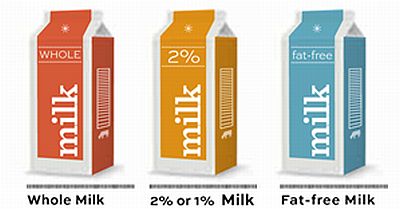 Frances Bloomfield – Lovers of full-fat milk rejoice: Your dairy drink of choice is no longer the so-called “worst” variety of milk on the market. What was once maligned for supposedly contributing to weight gain and heart disease has since been redeemed by numerous health studies. According to the DailyMail.co.uk, the warnings against full-fat milk could, in fact, be considered pure myth.
Frances Bloomfield – Lovers of full-fat milk rejoice: Your dairy drink of choice is no longer the so-called “worst” variety of milk on the market. What was once maligned for supposedly contributing to weight gain and heart disease has since been redeemed by numerous health studies. According to the DailyMail.co.uk, the warnings against full-fat milk could, in fact, be considered pure myth.
Take for example the outrageous claim that full-fat milk can and will make you fat. A 2016 study has stated otherwise. Based on a long-term study of over 18,000 middle-aged women, the researchers discovered that high-fat dairy actually reduced the likelihood of becoming overweight. However, the same couldn’t be said for low-fat dairy. This may be because full-fat dairy actually makes you feel fuller and prevents you from overeating. “By eating the full-fat form of dairy products, you might actually eat fewer calories throughout the day than you would otherwise,” explained Brian Quebbemann, a bariatric surgeon from the Chapman Medical Center in California. Continue reading

 With the aid of innovative and highly sensitive testing, Spanish-Moroccan scientists determined that there could be up to 20 painkillers, antibiotics, and growth hormones in a single glass of milk. The researchers say that the traces are so small that consumers need not worry about adverse effects, so we’ll just have to take their word for it, it seems.
With the aid of innovative and highly sensitive testing, Spanish-Moroccan scientists determined that there could be up to 20 painkillers, antibiotics, and growth hormones in a single glass of milk. The researchers say that the traces are so small that consumers need not worry about adverse effects, so we’ll just have to take their word for it, it seems.